 CISOs today occupy a uniquely pivotal role in the enterprise. They’re not just defending systems, they’re preserving brand reputation, enabling secure digital transformation, and ensuring operational continuity. It’s no longer a question of “if” security leaders have influence. The question is how they choose to wield it.
CISOs today occupy a uniquely pivotal role in the enterprise. They’re not just defending systems, they’re preserving brand reputation, enabling secure digital transformation, and ensuring operational continuity. It’s no longer a question of “if” security leaders have influence. The question is how they choose to wield it.
Cybersecurity has transitioned from an IT function to a core business enabler. In this new reality, the most effective CISOs are deeply embedded in business strategy. They're working across departments to align risk tolerance with business goals, develop secure innovation pathways, and protect customer trust in real time.
At WEI, we guide and support cybersecurity leaders who understand that success isn’t measured by how many alerts are closed. It’s measured by how confidently they can say: we’re prepared for what comes next.

Who Owns Security? Aligning Responsibility Across the Business
Security is no longer centralized and that’s both a challenge and an opportunity.
Modern environments are fragmented across SaaS platforms, cloud services, on-prem systems, and globally distributed teams. As a result, cybersecurity responsibilities are now shared across DevOps, IT, business units, and third-party vendors. This complexity increases risk exposure and reduces visibility.
The role of the CISO is evolving from policy enforcer to influence architect. It's about enabling others to own security within their domains while maintaining consistency in standards, tooling, and accountability.
Cultural and Behavioral Risk: Building a Security-Conscious Organization
Security awareness is not evenly distributed and it rarely stays consistent without intentional reinforcement.
Some teams bypass MFA for convenience. Others click through phishing tests without hesitation. Executives often travel with unchecked devices. Developers sometimes push code before scanning dependencies. These aren’t failures of intelligence, they’re gaps in behavior.
The solution isn’t more mandatory training modules. Leading CISOs are developing behavioral security programs that include real-time feedback, gamified learning, and role-specific risk modeling.
Behavioral risk is particularly acute in hybrid and remote environments, where culture and accountability are harder to shape. There are also generational nuances to consider: how Gen Z interacts with digital tools versus how senior executives do. These differences matter.
We help security leaders craft adaptive strategies that engage employees at all levels and across all departments...not just to inform them, but to empower them as active participants in enterprise defense.
Rising Threat Sophistication and Velocity
Attackers today don’t need to build exploits from scratch. They rent them. Ransomware-as-a-service platforms, AI-generated phishing kits, and cloud-native evasion techniques have dramatically lowered the barrier to entry while increasing the level of threat.
Zero-day vulnerabilities are being weaponized within days of public disclosure. Many attackers no longer rely on malware; instead, they use valid credentials and “living off the land” techniques to quietly escalate privileges and evade detection.
According to recent global threat intelligence reports, the average enterprise now faces a malicious intrusion attempt every 11 seconds. Many organizations aren’t failing because their defenses are weak but because they were never tested under real conditions.
That’s why WEI, in partnership with Pulsar Security, helps clients validate their defenses against attacker tactics. Together, we conduct offensive testing engagements that simulate credential abuse, lateral movement, and evasion techniques to help organizations identify blind spots before attackers do.
The Cost of Inaction Is Growing
For years, cybersecurity leaders were forced to defend investments in offensive testing, proactive validation, and cultural programs. That conversation has shifted as the cost of doing nothing is far greater than the cost of preparation.
Breaches today result not just in downtime, but in public fallout, regulatory fines, cyber insurance complications, and long-term reputational damage. Regulatory frameworks like the SEC’s cyber disclosure rule, NIS2 in Europe, and evolving insurer requirements are pushing CISOs to produce evidence, not assumptions, of operational resilience.
Research shows that companies who rely solely on automated scans experience 4x longer breach dwell times and significantly higher post-incident recovery costs than those who conduct regular penetration testing or red teaming.
External Pressures Shaping the CISO Role
Security leaders are no longer judged solely on internal outcomes as external entities now play a growing role in defining what good looks like.
Insurers want documented evidence of testing, response plans, and tool efficacy. Regulators expect disclosures within hours and not weeks. Customers may require independent validation of your cyber posture before finalizing a partnership.
Meanwhile, global attack trends are shifting quickly. The Biden-Harris National Cybersecurity Strategy in the U.S. and the Digital Operational Resilience Act (DORA) in the EU are clear signs: cybersecurity leadership is now business leadership.
At WEI, we help CISOs navigate these external pressures with confidence by aligning internal practices to external expectations.
Turning Pressure Into Action: Where Strategic Partnerships Add Value
CISOs don’t need more tools. They need trusted partners who can help them validate, prioritize, and improve.
That’s where WEI comes in. We collaborate with cybersecurity leaders to:
- Simulate real-world attack scenarios that stress-test people, processes, and technologies
- Map vulnerabilities and escalation paths based on attacker tactics and not just compliance
- Support remediation with architectural guidance and real-time retesting
- Provide board-ready insights that convert findings into business-aligned action plans
We do this in close partnership with Pulsar Security, our offensive cybersecurity partner. Their hands-on expertise in red teaming, adversary emulation, and threat-informed testing helps ensure our clients see what attackers would see and fix it before it’s exploited.

From Operational Stress to Strategic Control
CISOs carry enormous responsibility, but with the right support, they don’t have to carry it alone.
Today’s leading security organizations invest not just in prevention, but in validation. They move beyond theoretical maturity assessments and into real-world readiness metrics. They seek out partners who challenge assumptions, simulate real threats, and guide internal teams from stress to strategy.
WEI provides that partnership. Our offensive testing and strategic advisory services give you the tools and clarity to answer:
- Are we truly ready?
- Can we prove it?
- And what should we do next?
This partnership model, built on the technical depth of Pulsar Security and WEI’s strategic advisory capabilities, empowers CISOs to lead with both confidence and clarity.
Let’s Test Your Defenses Before Someone Else Does
The burden CISOs carry today is massive and growing. But the best aren’t just reacting to pressure. They’re redefining it as a driver for strategic action.
Cybersecurity readiness isn’t a checklist. It’s a mindset, one rooted in constant validation, measured performance, and trusted collaboration. The most forward-thinking security leaders are done asking whether they’re compliant. They’re asking: Are we ready? Can we prove it? What comes next?
That’s where WEI makes a difference. In partnership with Pulsar Security, we deliver offensive testing and strategic insight that turns uncertainty into clarity. Together, we help you test the right things, interpret the results, and act with precision, before threat actors exploit the unknown.
If you’re ready to lead with data, act with purpose, and secure your enterprise with confidence, we’re ready to help. Contact our experts at your convenience, we're ready.
Next Steps: WEI's cyber assessments provide the insights needed to strengthen your defenses, optimize security investments, and ensure compliance. Whether you need to identify vulnerabilities, test your incident response capabilities, or develop a long-term security strategy, our team is here to help.
Download our solution brief featuring WEI cybersecurity assessments.














